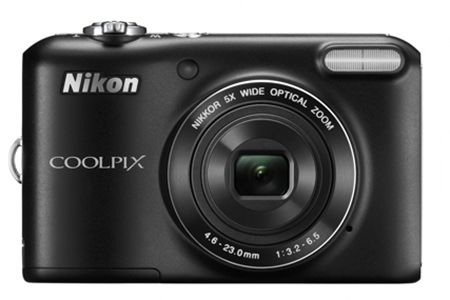As one gets older, physical activity is important – just getting out of the house or condo can be an enjoyment in itself. This is where photography is so good if you are one of the seniors in our community. Giving yourself a small photo project and you go out and illustrate it can be very rewarding.
Photography is actually an ideal pastime for our seniors, because it is something that can be picked up and put down at will, it is not too physically demanding, and modern cameras can assist in the areas where age has taken some toll, such as some dimming of the vision. And as another plus, the end result is something that can give you great joy, be that award winning sunsets or just pictures of the grandchildren which you can proudly hang on the wall.

I will start this article assuming that the older reader is a very rank amateur. Probably a senior just contemplating photography. Now, to play golf you need golf clubs. To play photography you need a camera. What one should you get?
Get one with autofocus (AF). There are many reasons for this, but since sharp focus is necessary for a good final print, let today’s camera do it for you, as sharpness in vision is something that can become very problematical as you get older. As George Eastman, the founder of Kodak, said in 1888, “You Press the Button, We Do the Rest.”
Most cameras today are AF ones, and work by moving the lens in and out electronically to focus on the subject in the middle of the viewfinder, just as if you were doing it yourself. They do this quickly and accurately and will usually give an audible ‘beep’, or a green light in the viewfinder to let you know the focus has been set. Do not be afraid to try the new advanced cameras, they make life easier, so just use them to your advantage. You only need very basic skills to take photographs today. Generally the AF function will produce sharper results than dimming vision!
A digital camera does away with film and any of the problems associated with it. Nothing could be simpler or more fool proof. And one of the best things about digital photography is the ability to immediately see if the shot is what you want. Trying to shoot from different angles and perspectives is also exercising the photographic eye.
Zoom lenses also save you having to go the distance. Is it just too much of a hassle these days to walk up to distant objects to get close-up details? Then a zoom lens will do it for you. With a zoom lens it is no problem at all to get a close-up, a wide angle and a distant shot from the same camera position. Maybe an autofocus digital compact camera with an inbuilt zoom lens is just the camera for you. Just push a button to make the zoom bring the subject closer or farther away. However, until you are proficient with the camera and how the different focal lengths affect the final shot, practicing your eye with the ‘standard’ 50 mm lens is good practice.
Today’s camera manufacturers have taken the fears out of flash too. Most new cameras have their own in-built flash which comes on when the light levels are too low, will set their own flash power and give you perfectly lit indoor night shots every time. You don’t have to put the camera down when the sun goes down!
So there you have it. There are cameras available now which can get you into photography! If you want to develop the ‘photographic eye’, then today’s cameras will help you. All you have to do is get the equipment to let you use and enjoy taking pictures. Look for suitable AF digital compacts with built in zoom, anti-shake technology and auto flash.
Pricewise you are looking at spending something around B. 10,000. There are plenty of choices in the marketplace. Something from the major brands such as Nikon, Canon, Olympus. A hint to the family around birthday should suffice.




